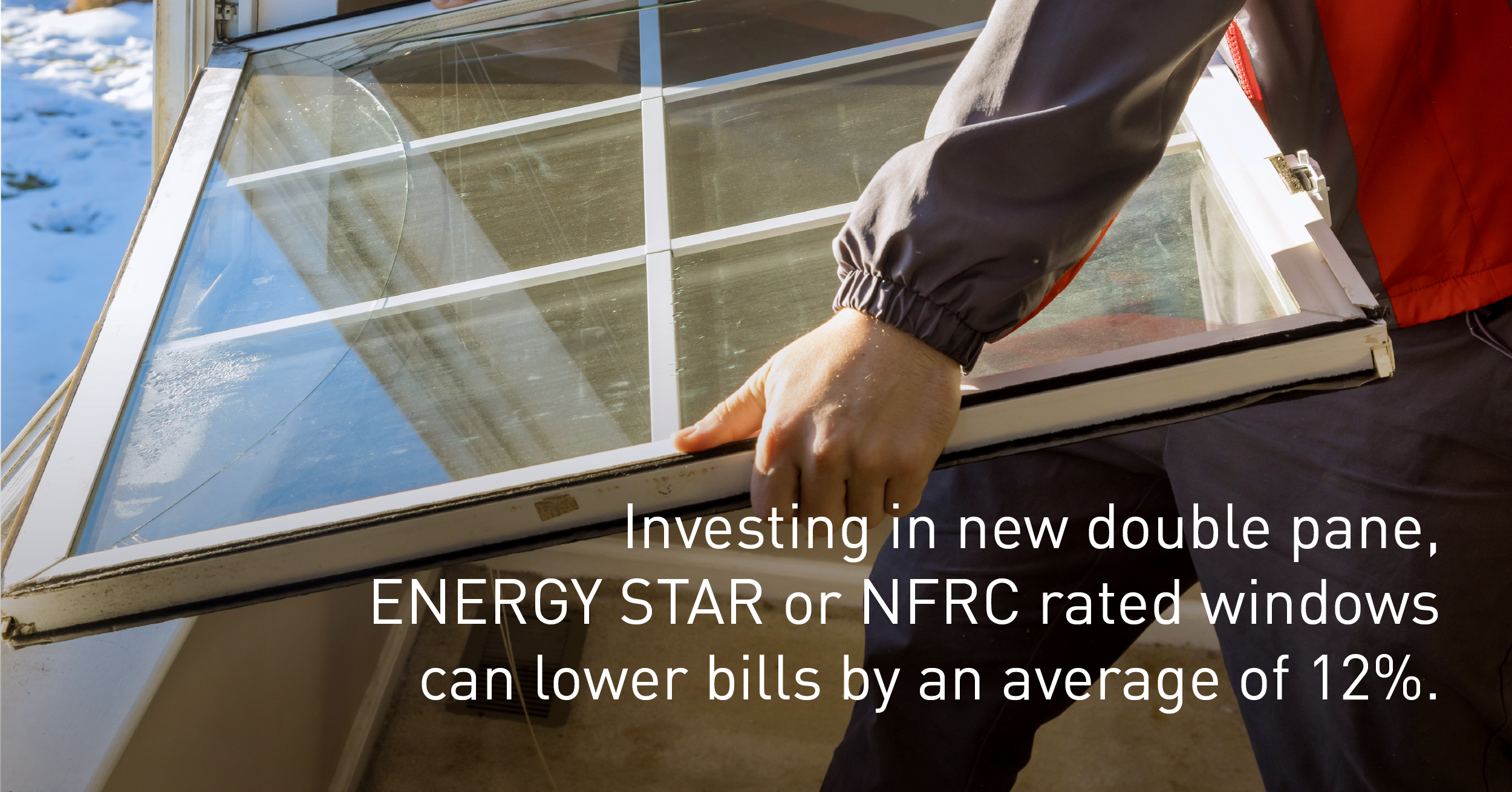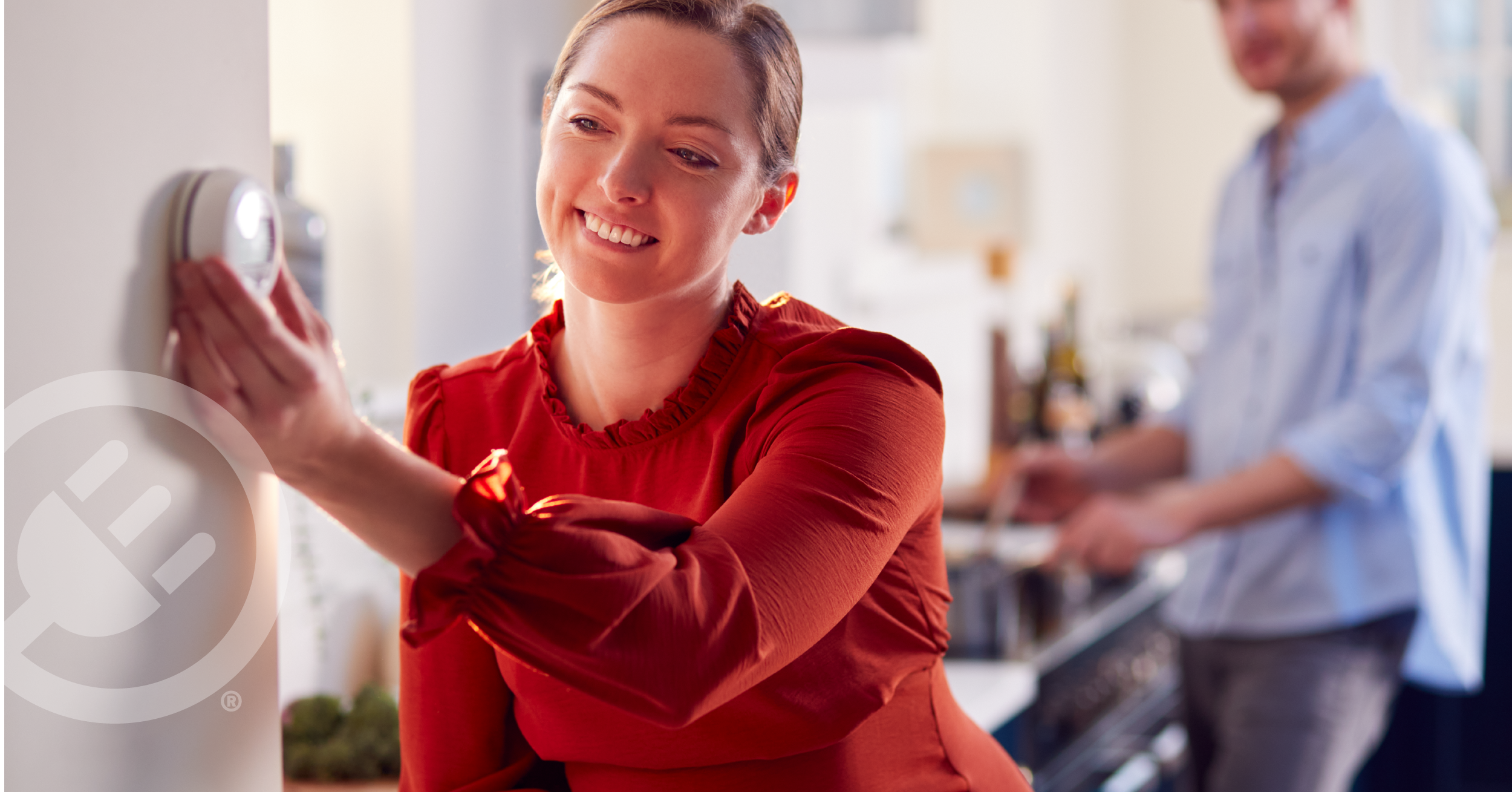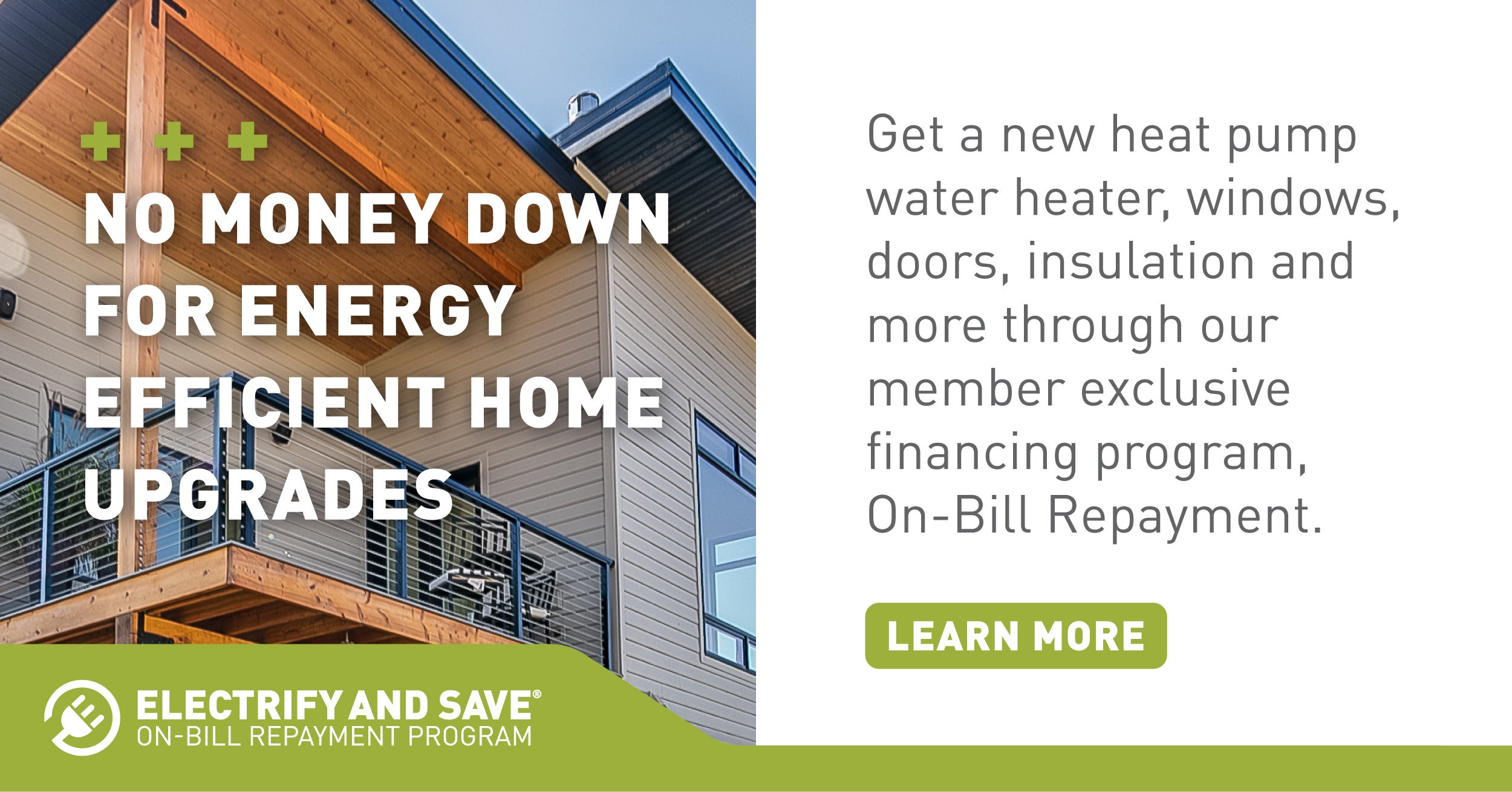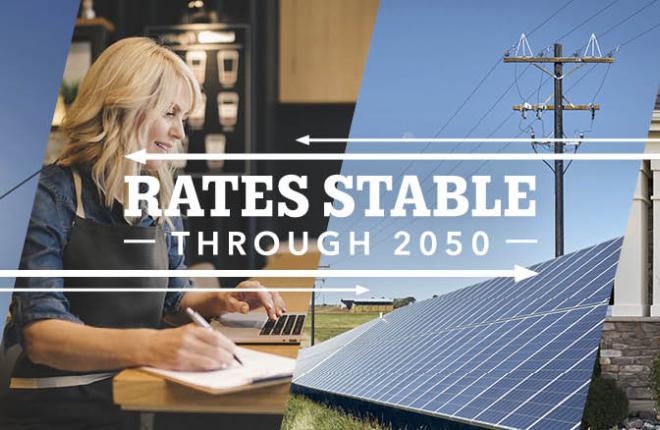
4/11/2024
Mastering Energy Efficiency with These Home Upgrades
The term ‘power management’ has nothing to do with weightlifting or leadership techniques. Instead, it refers to how much energy our devices and appliances use—and specifically how much we are wasting but still paying for.
Power management matters to two kinds of people: those who pay utility bills and environmentally conscious individuals. If you fall into one, or hopefully both, of those categories, here are a few tips for mastering energy efficiency with some home upgrades.

LED Lighting Saves Time, Money, and Energy
Changing lightbulbs is normally a chore you only think about when a bulb burns out, but even before the darkness hits, there are benefits to proactively upgrading to LED lighting. Start with the areas you use the most like your porch light, kitchen, or family room lights to maximize savings and increase your return on investment.
Need more convincing? The life expectancy of a regular incandescent bulb is 750 to 1,000 hours (about 1 1/2 months) while an LED bulb can last up to 50,000 hours (about 5 1/2 years)! Plus, these bulbs now come in a variety of temperatures and colors to suit your home and the unique needs of each room. Since these bulbs will be in your home for a long time, it is important to pick the appropriate temperature “soft white to bright white.”, Below is a handy guide to help you select. In addition to conserving energy, you will be saving money, time, and resources by replacing your bulbs less often.

Make Your Windows and Doors More Energy-Efficient
If you are paying to heat or cool your house but have not examined your home’s openings, (windows, doors, and skylights), you are throwing away money. Whether or not you are ready to invest in new windows and doors, there are still several energy-efficient upgrades you can make right away that will increase your comfort and lower your bills.
If your windows are not locked, start there to tighten the seal. If you want to feel and see a real difference on your monthly invoice, caulking to air-seal cracks and holes is a great way to reduce drafts and loss of energy. Weatherstripping around the interior of your door frames can also help to limit drafts. Adding interior storm windows is another low-cost option that is perfect for renters and can be done yourself.
If you are ready to invest in new windows, double pane windows marked ENERGY STAR and NFRC have been shown to lower bills by an average of 12 percent.
Maximize Your Savings with Insulation
Packaging matters. Imagine if all your online purchases were shipped in a paper envelope. The thing you spent your hard-earned money on would never even make it to you.
Your home is also made of many layers that create one (hopefully secure) building envelope. A good envelope will save energy and maintain comfort by limiting the transfer of heat. This is done by applying weatherization best practices.
In addition to the air- sealing techniques listed above, ensuring adequate insulation is one of the best ways to reduce your energy bills and make your home more comfortable year-round. The Department of Energy recommends 12-16 inches of attic insulation and even breaks down what type of insulation would be best for your home.
How Heat Pumps Make a Difference
New and ever-improving technologies combined with utility rebates make switching to a heat pump a smart, energy-efficient move that will pay dividends.
Did you know, that space heating and cooling account for half of your home energy use? A heat pump can transfer 300% more energy than it consumes which means you can save on your household energy consumption. On top of that, heat pumps eliminate the need to have two separate systems for heating and cooling, and a high-quality heat pump will last for 15-20 years when properly maintained.
To master energy efficiency with your heat pump, do not rely on the “AUTO” setting to control temperature. Instead, use “HEAT” in winter and “COOL” in the summer. Further, optimize your power consumption by keeping the fan running year-round for added efficiency and comfort.

The Helping Hand of a Smart Thermostat
If you are looking for an ally in your fight to become more energy efficient and save money, you’d benefit from a smart thermostat. With programmable modes and ever-evolving smart technologies, these devices adapt to your routine and climate.
The first step is to determine which model is most compatible with your current home’s heating and cooling system. After that, you can decide which functions are most important to you. From different interfaces to voice commands or control via an app, there are several unique features, all of which were created to help you master energy usage and hopefully lower your bill. Make sure the thermostat you choose is ENERGY STAR™ certified to ensure it has been independently proven to deliver energy savings.
One of the most energy-efficient features of smart thermostats today is their ability to track your location through your smartphone’s GPS. Some thermostats allow you to set up a perimeter, or geofence, to determine when the system should kick off and back on. When you leave the perimeter, your system enters an unoccupied mode, meaning the temperature can drift up in the summer or down in the winter. When you re-enter the perimeter, your system kicks back into occupied mode and returns to a comfortable temperature.

Smart Financial Solutions for Energy Upgrades
The great news about energy-efficient upgrades like purchasing new windows or installing a heat pump, is there are often programs and rebates available to help with, or even cover the cost.
If you're looking for help with a renovation project and want one that will save money on energy, contact your local co-op or PPD, or a licensed energy-efficient contractor and ask about any available incentives or rebates.
You can also combine incentives or rebates with our On-Bill Repayment Program (OBR), which lets you finance the cost of the measure and installation through a voluntary tariff on your monthly utility bill. We work with a third party to provide the upfront funding and your local electric utility to bill you monthly.
By not paying high interest rates or a down payment, and keeping your energy bill low, you’ll be saving in more ways than one. We also recommend using your local electric utility’s services to do a home energy assessment. While we’ve provided a list of upgrades to start, you may also qualify for additional programs or discounts based on your income. That’s why we recommend leaning on your local electric utility to ensure you get the best rates and determine all the upgrades your home needs.
For more energy-saving tips, check out 11 Tips for a More Energy-Efficient Home.
--
About Tri-State
Tri-State is a power supply cooperative, operating on a not-for-profit basis, serving electric distribution cooperatives and public power district member-owners in four states. Together with our members, we deliver reliable, affordable and responsible power to more than a million electricity consumers across nearly 200,000 square miles of the West. Visit www.tristate.coop.
Blog Posts

Members of Tri-State direct and support our future Rick Gordon, chair and president

Cooperatives Bringing Electric Vehicle Chargers to Rural Communities

Include Electrical Safety in Your Spring Cleaning and Summer Projects

Co-op-Powered Broadband Keeps People Connected When it Counts

How Electricity is Keeping Food Supply Available

Take Advantage of These 5 Powerful Electric Gardening Tools

18 Stay at Home STEM Activity Sites for Learning and Fun

Tri-State’s wholesale rates are stable, and forecasted to remain so to 2050

